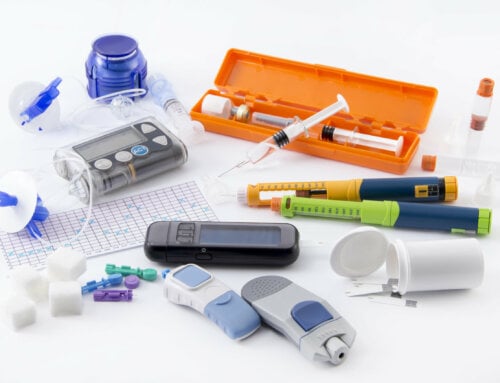It has been 30 years since the Diabetes Control and Complication Trial (DCCT) in 1983. The staggering results of the trial were released in 1993 and we have learned a lot from them. Great strides in diabetes care and treatment have already been made and ongoing research is making options for people with diabetes even better.
- The DCCT was a 10-year multi-center clinical trial studying 1,441 people, ages 13 to 39, with type 1 diabetes. At the time, conventional treatment consisted of one or two insulin injections each day and one blood or urine test per day. The study explored whether intensive methods of blood sugar control could affect a person’s development of complications related to diabetes. The participants who kept their HbA1c levels closer to normal had a reduced risk of complications such as nerve, kidney and eye disease by up to 76 percent. The DCCT changed the way diabetes is managed.
- Many of the participants of the DCCT volunteered for the follow-up study starting in 1994. This study is called the Epidemiology of Diabetes Interventions and Complications (EDIC) study. The research continued to cover insights to help people with type 1 diabetes today. By 2003, EDIC researchers determined implementing glucose control as early as possible can help reduce the risk of complications later in life. By 2005, research found DCCT participants who had intensive treatment had fewer than half the number of cardiovascular complications as those treated conventionally. It showed blood glucose control can also have long-term benefits for reducing cardiovascular disease in people with type 1 diabetes.
- At the symposium for the 30th anniversary of the DCCT/EDIC, the latest results were revealed. Participants in the intensive therapy group were nearly 60 percent less likely to have heart disease and stroke as well as 50 percent less likely to have kidney problems and 50 percent less likely to be in the vision-threatening stages of diabetes eye disease. Intensive therapy has now become the standard treatment as a result of the research conducted. Intensive control means keeping A1C levels close to the normal value of 6% or less.
- The study is a reminder that science and research make a difference. We know a good diabetes health care team as well as quality diabetes testing supplies to test and regulate blood sugar definitely help patients. Ongoing research makes it possible to create new therapies and devices to help monitor and regulate blood sugar levels. From new ways to administer insulin therapy to updated medications, there is a world of possible treatments to consider. Lifestyle changes also make a big difference. Losing 10 percent of your body weight, exercising for a half hour each day and eating a healthy diet helps to maintain healthy blood sugar levels.
- As as results of the DCCT, people now use blood glucose meters to monitor their blood sugar levels throughout the day. Doctors might recommend multiple daily insulin injections or wearing an insulin pump. The A1C test is administered to measure the average blood glucose for the past two or three months. This helps people to keep blood sugar levels in check to delay or reduce the chances of developing diabetes-related complications.
Research studies have a major impact on the understanding and treatment of diabetes. The way we handle diabetes today is much different from the way patients with diabetes were treated in the 1980s. Thirty years later, patients are benefiting from this research and living longer, healthier lives.







Leave A Comment